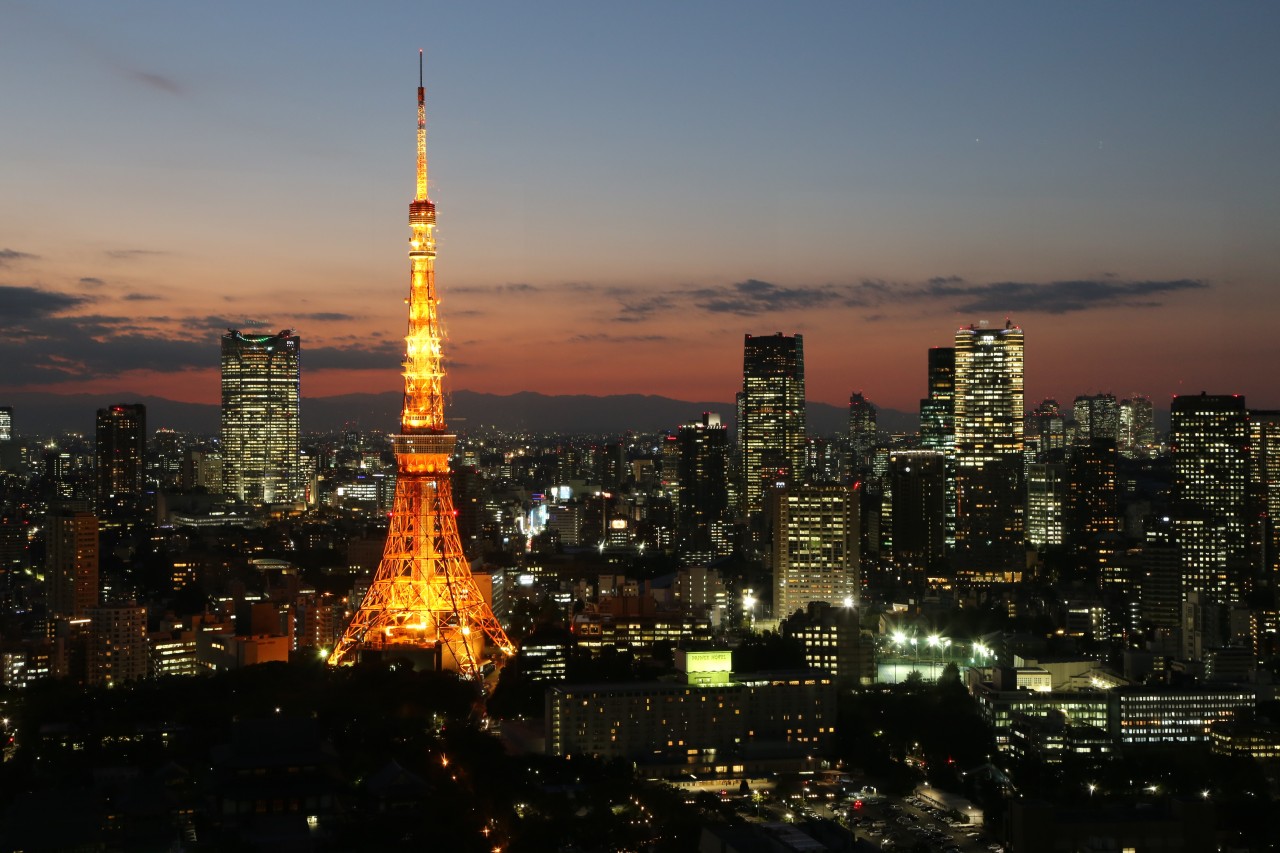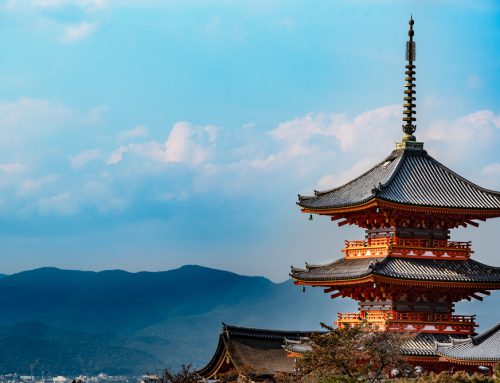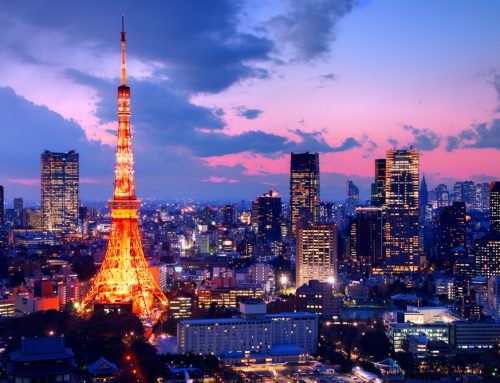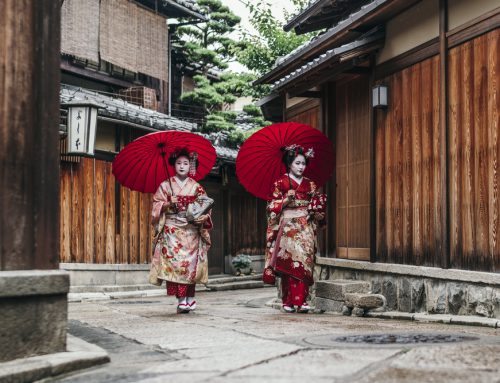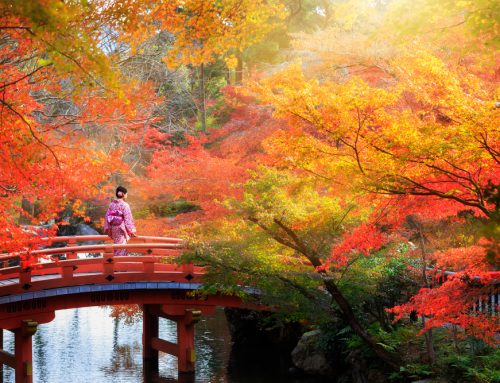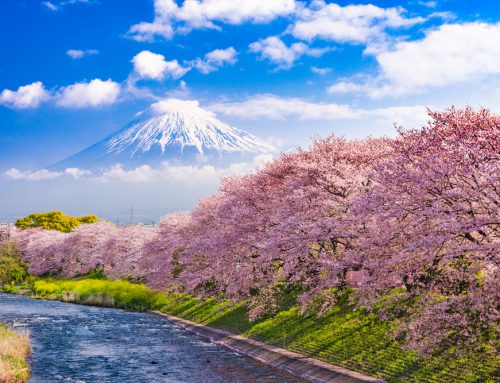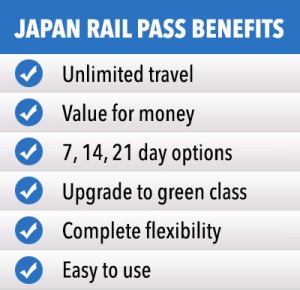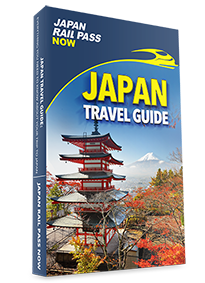Japan considers New Year as its most important holiday. Known as “shogatsu” in Japanese, it has been observed in the country every year since 1873. The majority of business establishments are closed from 1-3 January, as people spend these days with their families and loved ones. Fireworks and countdown parties are very rare and usually only found in clubs or bars in the bigger cities.
New Year’s Eve
The Japanese view New Year as an opportunity to get a fresh start. They believe that all of the past year’s problems and worries should be left behind and they throw bonenkai parties, or “year forgetting parties”, every year-end. They also do some general cleaning at home and decorate their entrance gates and houses with different kinds of ornaments made from plum, bamboo and pine.
As for the feast, they prepare toshikoshi soba, or buckwheat noodles, which they enjoy while watching the immensely popular television program “kohaku uta gassen”, which features several of the country’s top J-pop and enka performers.
1st of January
To start the new year right, the Japanese flock to shrines and temples for hatsumode, which refers to the first visit to a temple or shrine for that year.
At the most popular temples and shrines, such as the Fushimi Inari Taisha in Kyoto and the Meiji Shrine in Tokyo, expect over a million local and foreign visitors wanting to offer their prayers at the main hall. The surrounding streets are also lined with food stands and shops, making the overall atmosphere quite festive and lively.
2nd of January
At the Tokyo Imperial Palace, the Emperor and his family are set to appear to the public a number of times on 2 January, typically at 10:10 am, 11:00 am, 11:50 am, 1:30 pm and 2:20 pm. They make a short speech and wave to the audience from their glass protected balcony.
Traditional New Year’s Foods
- Osechi-ryori – Serving osechi-ryori on New Year began in the Heian Period (8th – 12th century). It comes in special bento-like boxes called jubako. It is comprised of a wide variety of dishes, including datemaki (rolled omelette with mashed shrimp or fish paste), kamaboko (broiled fish cake), konbu (seaweed) and tazukuri (dried sardines).
- Ozoni – This is a type of soup that contains mocha. It can be served with vegetables, fish, chicken or other toppings.
- Mochi – A type of rice cake made by boiling sticky rice.
Travelling on New Year
The New Year holidays in Japan see a significant increase in both domestic and international travel, as people across the country fly, take the train or bus, or drive to their homes in the countryside or other cities or countries. Peak travel usually occurs on 29-31 December and 2-4 January. For this reason, booking your plane tickets and making bus and train reservations well ahead of time is recommended.
Business Closures
Several stores, banks, restaurants, ATMs and other establishments are closed on New Year’s Day. Some of them even shut down for the week from 29 December to 4 January.
If your itinerary of your New Year trip to Japan includes museums, castles, gardens, palaces, theme parks and other tourist attractions, you should check their calendars to ensure they are open on the days you plan to visit.
For example, the Tokyo Imperial East Gardens are closed for one week, from 28 December to 3 January for New Year 2016-2017; and Kyoto’s Nijo Castle and Imperial Palace is closed from 28 December to 4 January.


